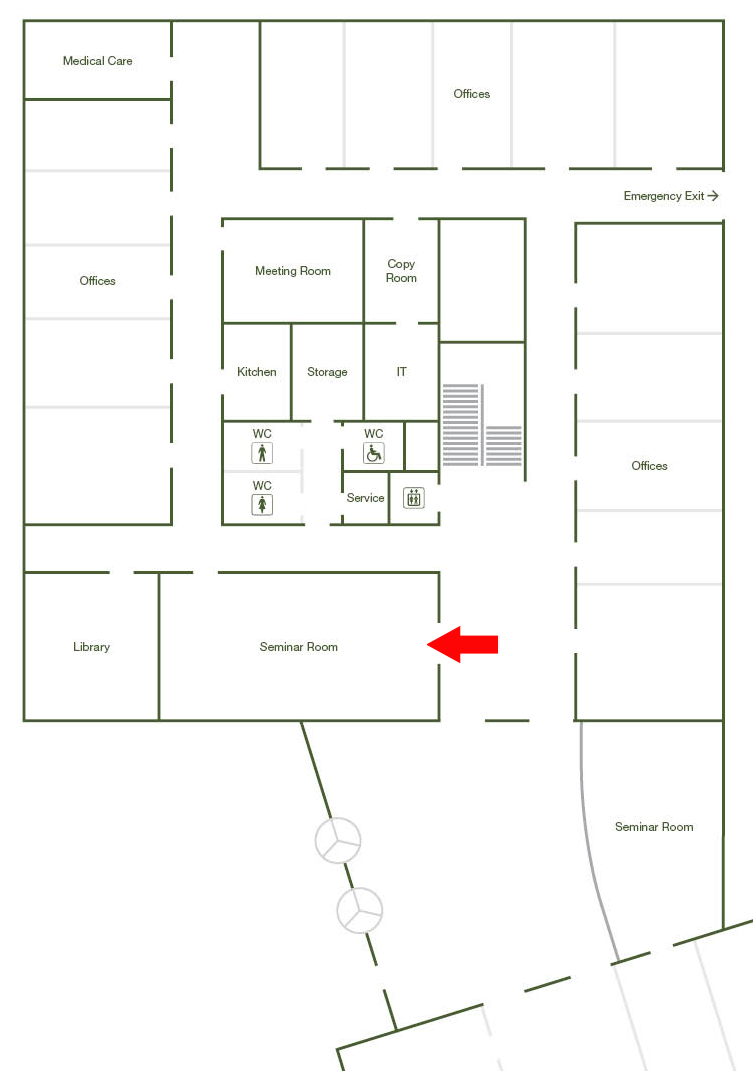Overcoming the curse of dimensionality: a hierarchical collocation method for solving the rotational-vibrational Schrödinger equation for polyatomic molecules

In variational calculations of rotational-vibrational energy levels of polyatomic molecules the total wave-function is typically represented as a linear combination of basis functions. The size of the multidimensionaldirect-product basis grows exponentially with the number of atoms. As a result, the memory requirements forvariational calculations become prohibitive for molecules with more than 4-5 atoms - this is often referred to asthe curse of dimensionality [1].Here we propose a method which circumvents the problem of the exponential scaling of the basis set size.This is achieved through the collocation approach [2], in which the Schrodinger equation is solved at a set ofpoints, avoiding the need for an accurate multidimensional quadrature.The new collocation method has the following advantages: 1) the size of the matrix eigenvalue problem isthe size of the required pruned (non-direct product) polynomial-type basis; 2) it requires solving a regular, andnot a generalized matrix eigenvalue problem; 3) accurate results are obtained even if quadrature points andweights are not good enough to yield a nearly exact overlap matrix; 4) the potential matrix is diagonal; 5)the matrix-vector products required to compute eigenvalues and eigenvectors can be evaluated by doing sumssequentially, despite the fact that the basis is pruned; 6) unlike in popular MCTDH and tensor rank-reductionmethods, here no sum-of-product form of the potential energy surface (PES) is required.To achieve these advantages we use sets of nested Leja grid points and special hierarchical basis functions.Matrix-vector products needed for iterative eigensolvers are inexpensive because transformation matrices be-tween the basis and the grid, and their inverses, are lower triangular. Vibrational energy levels of CH2NH arecalculated with the new method.